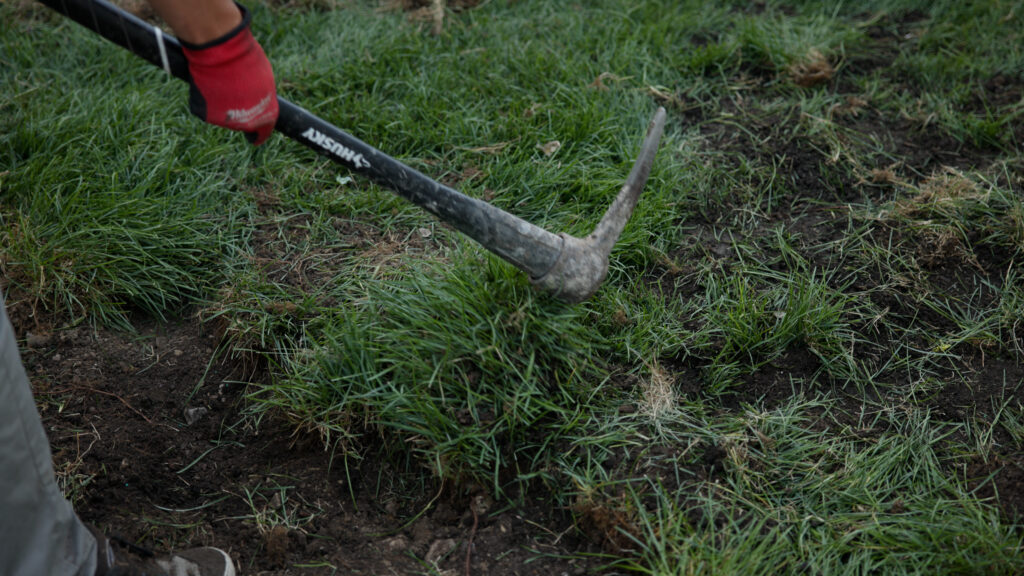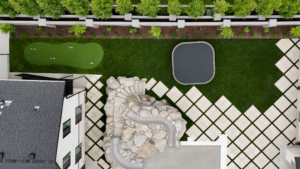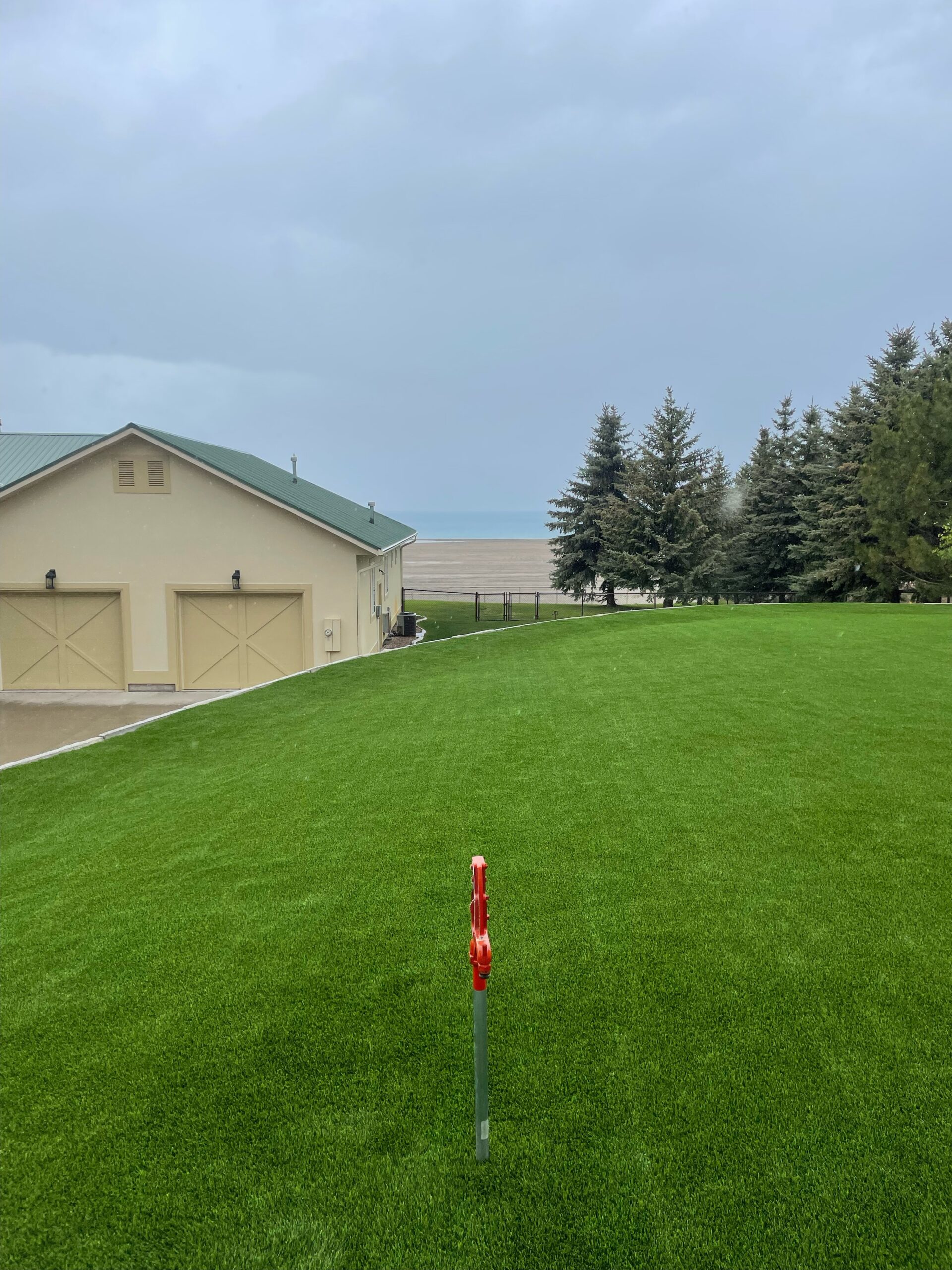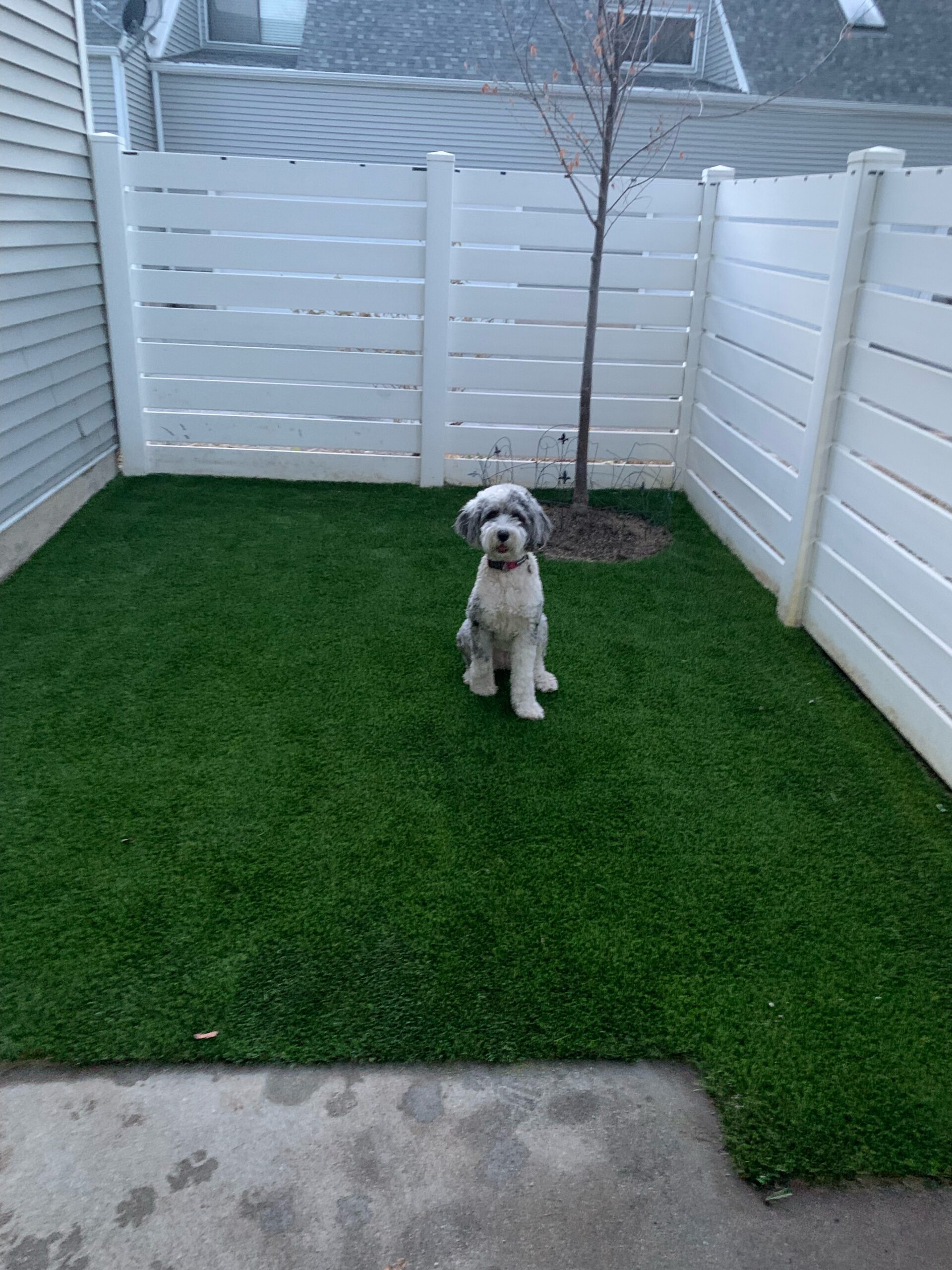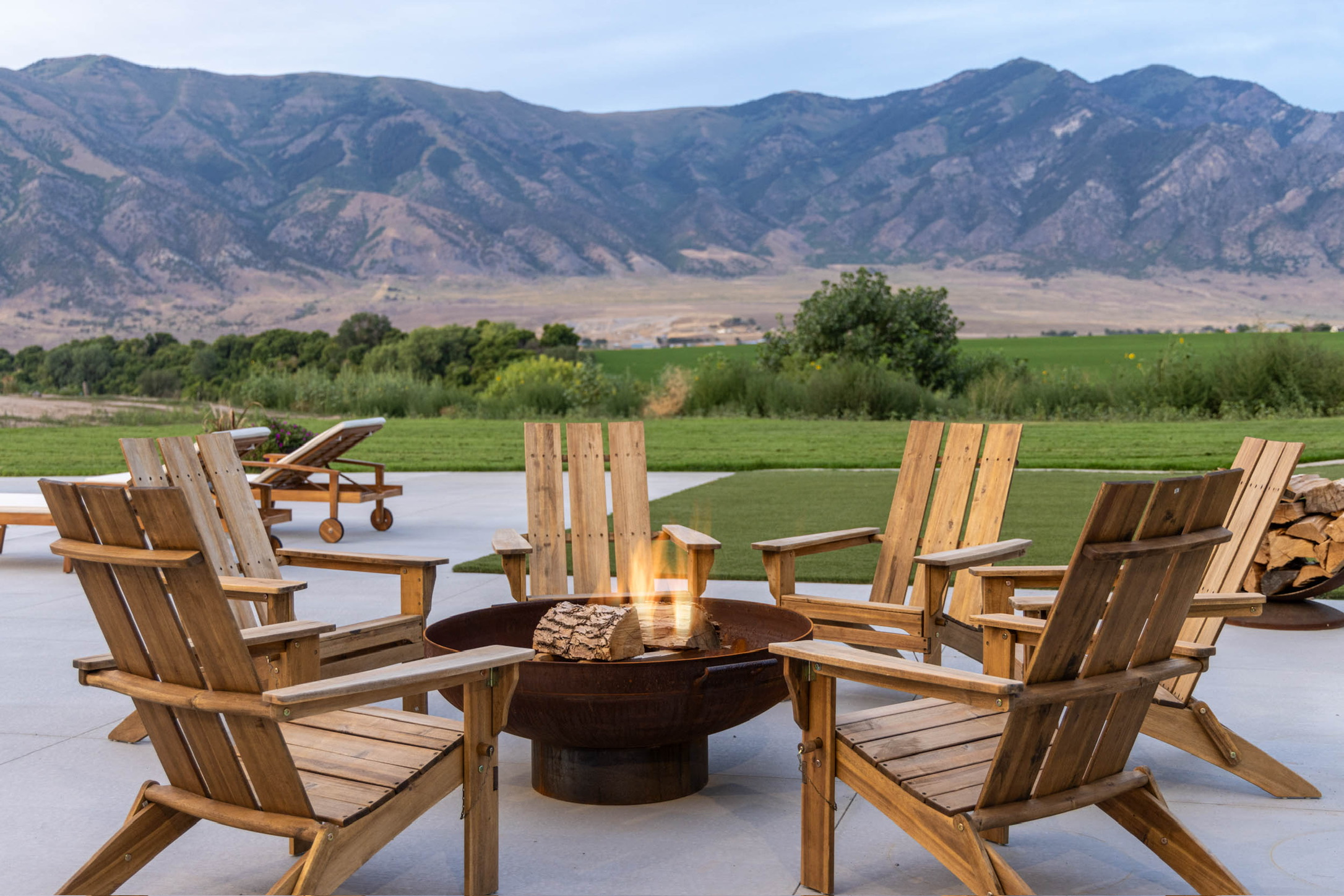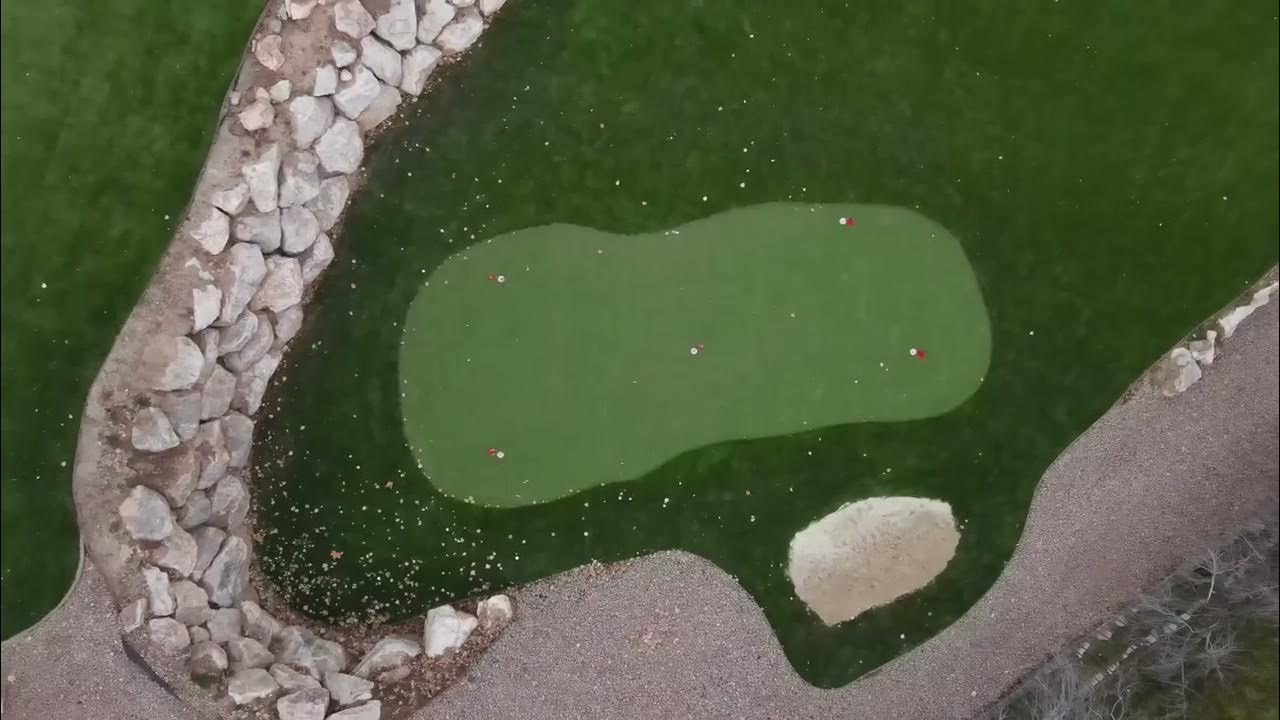For DIY enthusiasts tackling artificial grass installation, gas lines and other underground utilities can raise questions about safety. Fortunately, with a few precautions and the right resources, you can safely install synthetic grass even if there are gas lines beneath the surface. Here’s a guide on handling gas lines and ensuring your artificial turf project goes smoothly.
How Deep Are Gas Lines Buried?
In most residential areas, gas lines are buried between 18 and 24 inches underground. With artificial turf installations typically requiring just 2 to 4 inches of soil removal for base preparation, these lines are generally out of reach and don’t pose a direct issue for your project. However, if you plan to install artificial turf over gas lines or are considering adding deeper features like fence posts or lighting, knowing exactly where these utilities are can make the project safer and easier.
Why Marking Underground Utilities is Essential
Before you start, it’s important to consider all underground utilities, not just gas lines, for a safe artificial turf installation. Utilities like water, power, and gas are essential for household functions, and damaging any of these lines can lead to costly repairs, service disruptions, or safety hazards. For added safety and peace of mind, you can call Blue Stakes to mark the underground utilities on your property—at no charge. You can even request a visit online.
Calling Blue Stakes for Gas Line Safety with Synthetic Grass
Blue Stakes is a free service in Utah that helps homeowners and DIYers locate and mark underground utilities, including gas lines. Here’s a simple breakdown of how Blue Stakes works:
- Submit a Request: Dial 811 or visit BlueStakes.org to request markings. Within a few business days, a professional will come to your property to locate and mark your gas lines.
- Watch for Marked Lines: Blue Stakes uses color-coded markers to indicate various utilities. Gas lines are marked in yellow, giving you a clear visual of areas to avoid digging deeper.
- Proceed with Caution: Once your gas lines are marked, you can install your artificial turf with confidence, knowing exactly where these lines run.
Best Practices for Artificial Turf and Underground Utilities
By following some essential practices, you can safely work around gas lines and other underground utilities when installing artificial turf:
- Limit Digging Depth: For most artificial grass installations, keep the depth at 2 to 4 inches, which is ideal for the turf base and safe above typical gas line depths.
- Use Hand Tools Near Marked Lines: When working near marked utilities, hand tools allow you more control and reduce the risk of accidental line damage.
- Avoid Adding Permanent Features Directly Above Gas Lines: If you plan to add features like posts or fixtures, consider moving them away from gas line areas. For structures that must be placed above lines, Blue Stakes’ markings allow you to proceed with extra care.
Can Artificial Turf Go Over Gas Lines?
Yes, artificial turf can safely go over gas lines, as long as you follow the above precautions. For those concerned about gas line considerations with artificial turf, marking utility lines before installation is an effective solution for safety. Calling Blue Stakes offers the added security of knowing exactly where your underground utilities are, allowing you to enjoy your synthetic grass without worry.
A Safe Turf Installation for Peace of Mind
Artificial grass installation is a wonderful way to enhance your outdoor space, but addressing underground utility lines is a key step for any DIY installer. Whether you’re concerned about gas line safety with synthetic grass or want a comprehensive view of all underground utilities, services like Blue Stakes make it easy.
Take a few minutes to schedule a marking before you dig, and enjoy the peace of mind that comes from knowing your artificial turf project is safe and successful! Click here for a full tutorial on how to install artificial turf. As always, if you have any other questions or concerns, we would love to help–just give us a call!

